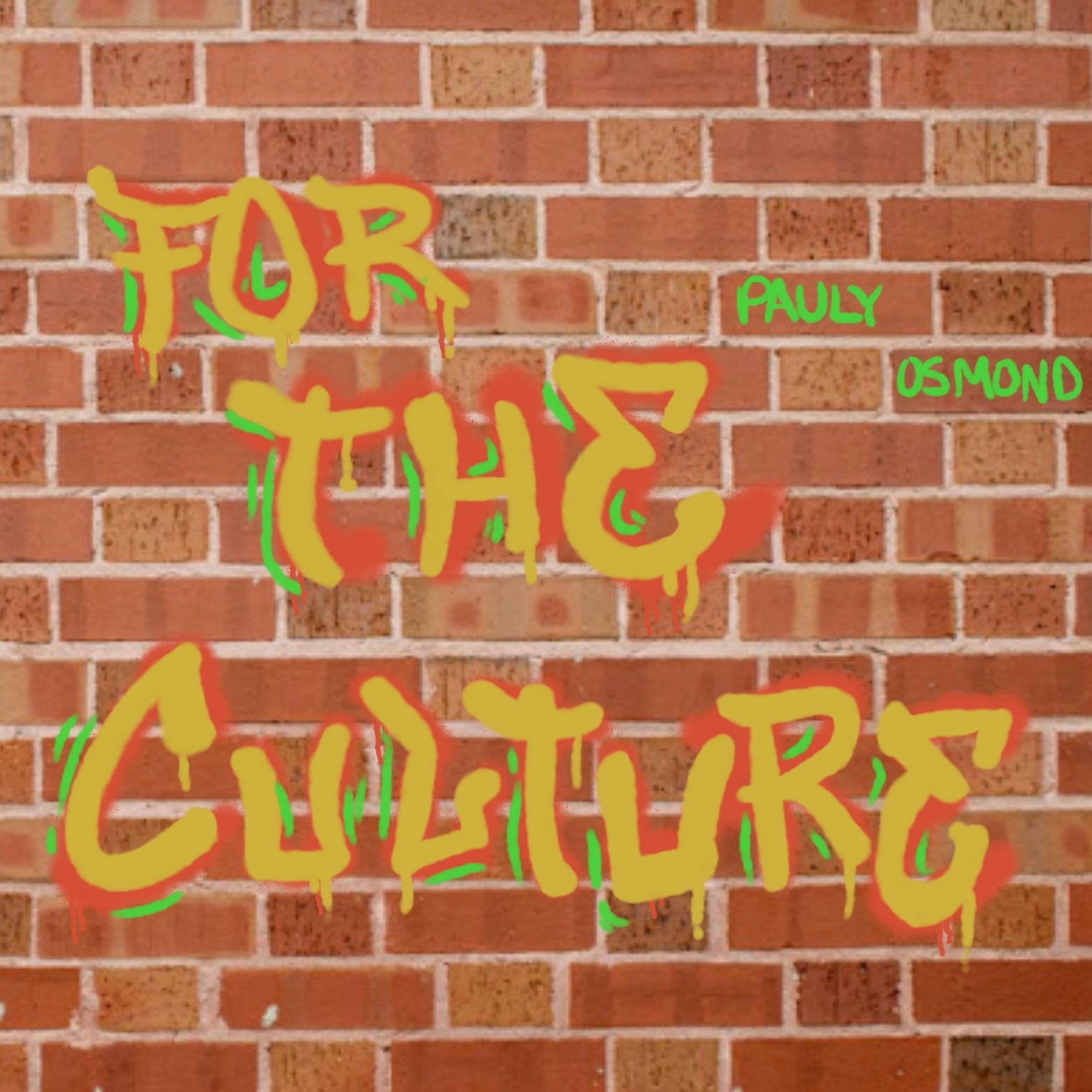So, maybe hip-hop is dying? Currently, out of the four major streaming platforms, Spotify, Apple Music, Amazon Music and YouTube Music, Apple Music is the only platform with hip-hop/rap as the top genre. On the remaining three platforms, coinciding with the leading global music genres, pop music is the No. 1 genre. Although hip-hop remains one of the most popular music genres in the United States in 2024, in the third quarter of 2023, country and pop were tied for the most top 10 singles on the Billboard Hot 100 chart. Steadily, hip-hop has diminished in influence and popularity as pop, Latin and Afrobeats music have arisen to supplant the genre and country continues to be well received.
Now, as I have explained in previous articles, the decline of hip-hop is incredibly complex. However, one element that hip-hop lacks is generational stars. In the 2000s, Jay-Z, Eminem, 50 Cent, among others, were recognizably dominant artists, not just in hip-hop but mainstream music in general. They were superstars. In the 2010s, Drake, Kendrick Lamar and J. Cole supplanted their predecessors as “The Big 3” of hip-hop, leading record sales, fan popularity and influence over the genre. However, since the start of the 2020s, many fans, pundits and hip-hop media outlets have regarded “The Big 3,” having each passed their 35th birthdays, as having passed their primes.
So, who will arrive to carry the torch? Well, there are no clear candidates. Formerly considered the understudy to Drake and J. Cole alike, Lil Baby had immense potential to capitalize on his sheer talent and work ethic. However, his recent projects, singles and social media posts have demonstrated a decline in the technical and thematic prowess that garnered him fame. Similarly, Roddy Ricch, who emerged in mainstream hip-hop in 2019 and was championed for his dynamic melodic rapping and clever lyricism, disappointed fans with back-to-back substandard releases. Unfortunately, both artists, along with other up-and-coming rappers, have failed to cement themselves as hip-hop superstars.
Previously, hip-hop fans had recognizable figures whom fans could reliably revere as the ‘best.’ Just as pillars are necessary to uphold buildings, superstars are necessary to uphold genres. Whereas 50 Cent, Jay-Z and Kanye West were previously genre-defining artists — their projects, literally, defined the hip-hop genre — I believe there are no artists today whose music can define the genre. Today, there are no more hip-hop superstars.
Here, I believe, is where country music begins to triumph — there are rising superstars. Chris Stapleton, Luke Combs and Morgan Wallen, for instance, have developed into recognizable stars within the genre. Although the genre has not yet consistently surpassed hip-hop/rap in terms of top streaming genre and Billboard-charting tracks, country music fans can firmly identify with superstar artists whose artwork continues to represent, define and popularize the genre.






